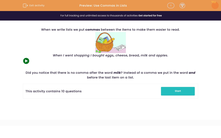When we write lists, we put commas between the items to make them easier to read.
This is a comma:
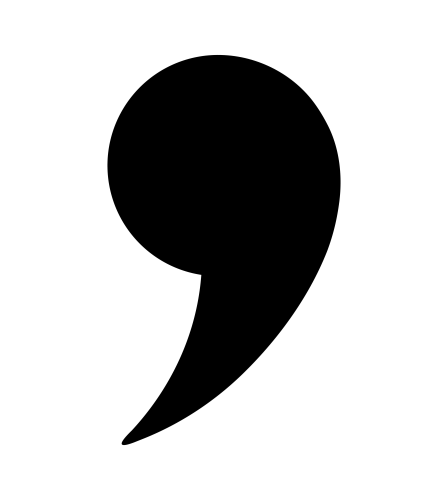
They are small and they go at the bottom of our line.
We can imagine that the comma stands in for the word 'and'. So instead of saying 'eggs and cheese and bread' we can say 'eggs, cheese, bread' and it means the same thing.
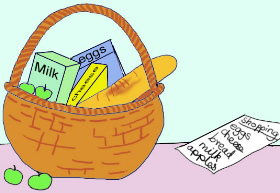
When I went shopping I bought eggs, cheese, bread, milk and apples.
The commas help us to separate words and ideas. If we use the commas to help us imagine our shopping list, it might look like this:
eggs
cheese
bread
milk
and apples
Reading the sentence like a list, with a break for every comma, helps us to see that the commas are in the right place.
Did you notice that there is no comma after the word milk? Instead of a comma, we put in the word and before the last item on a list.
We need to include commas to separate items in a list, or it becomes hard to understand.
Look at this sentence where the commas have been missed out:
For dinner we had pie mash carrots broccoli jelly and ice cream.
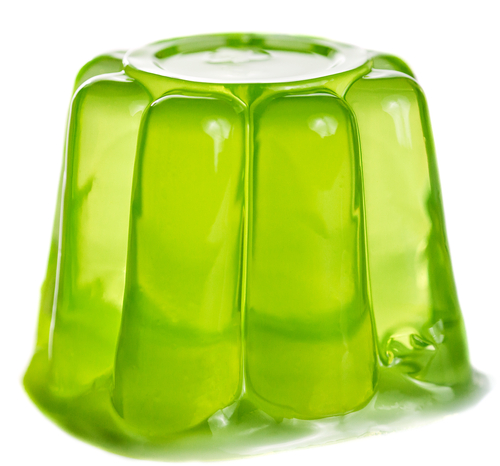

What is pie mash? Mashed up pies?! And broccoli jelly just sounds awful!
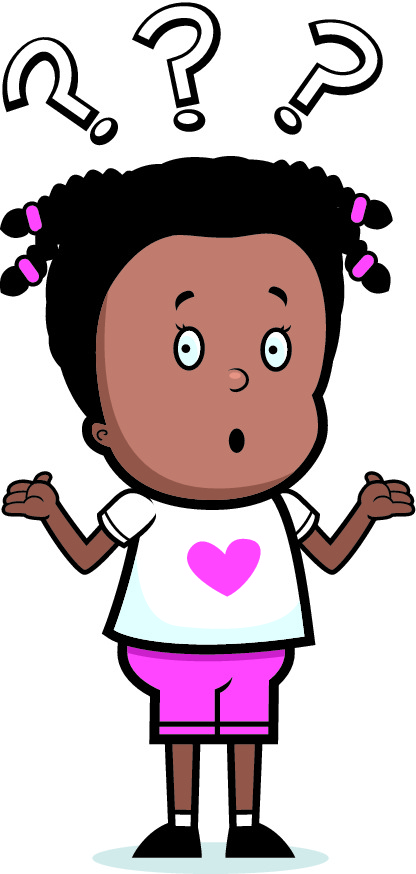
Try reading the sentence out loud and adding the word 'and' between different items, we know that 'pie' should be separate from 'mash' eg. 'pie and mash' so we can put a comma here.
If we read 'For dinner we and had pie - ' this 'and' does not make sense and means we don't need a comma there.
The sentence should go like this:
For dinner we had pie, mash, carrots, broccoli, jelly and ice cream.
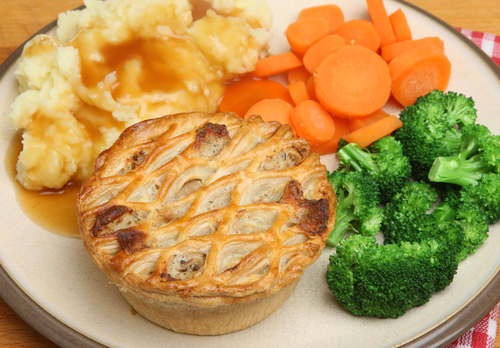
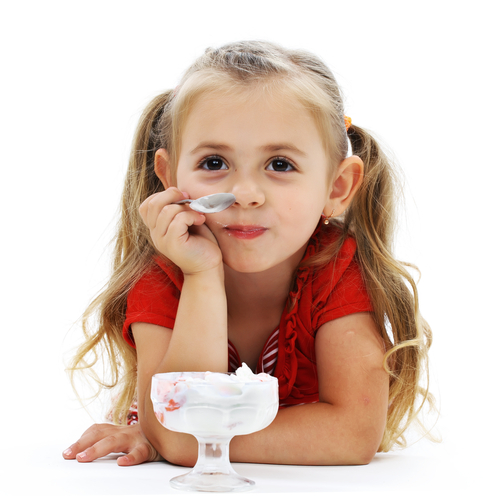
Ah, that looks better! And yummier!
Do you see how important those little commas are?

Let's look at some lists now and see if we can work out where to put those commas!

